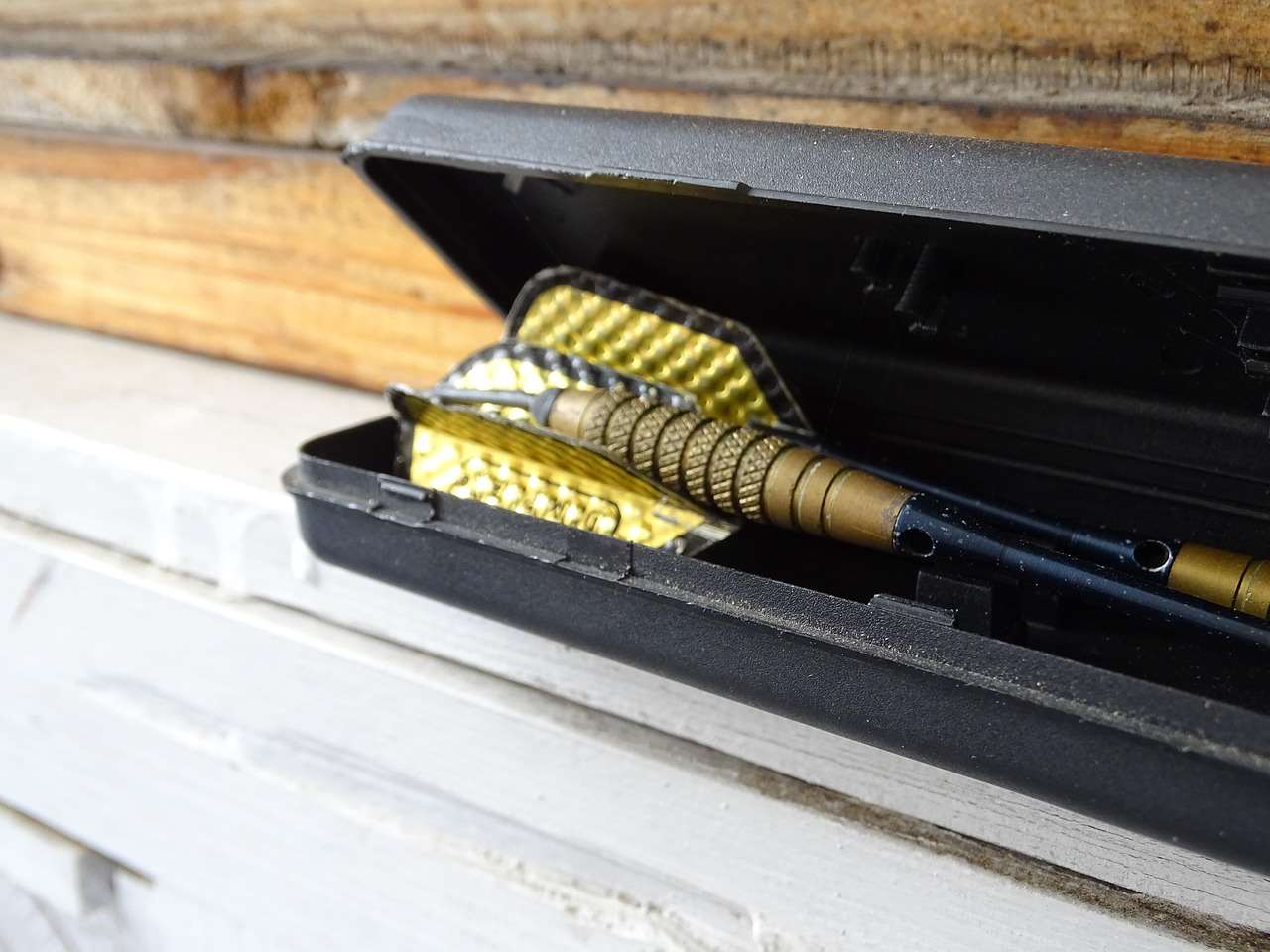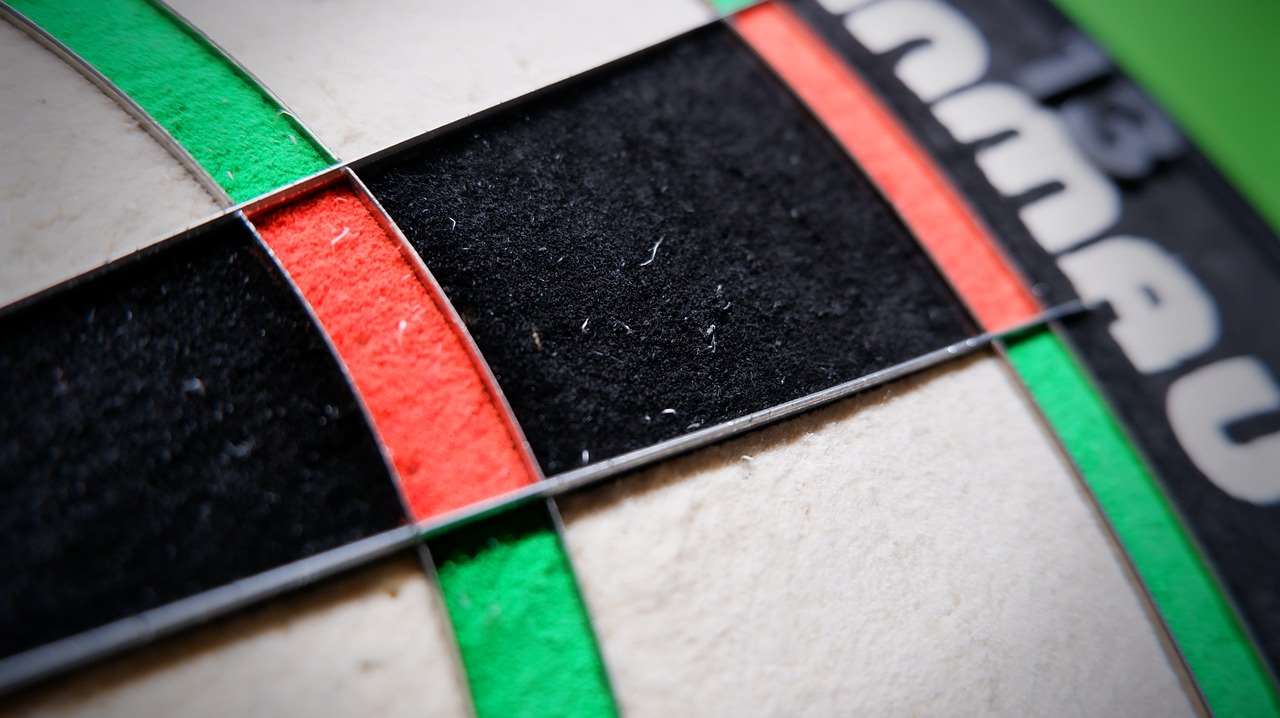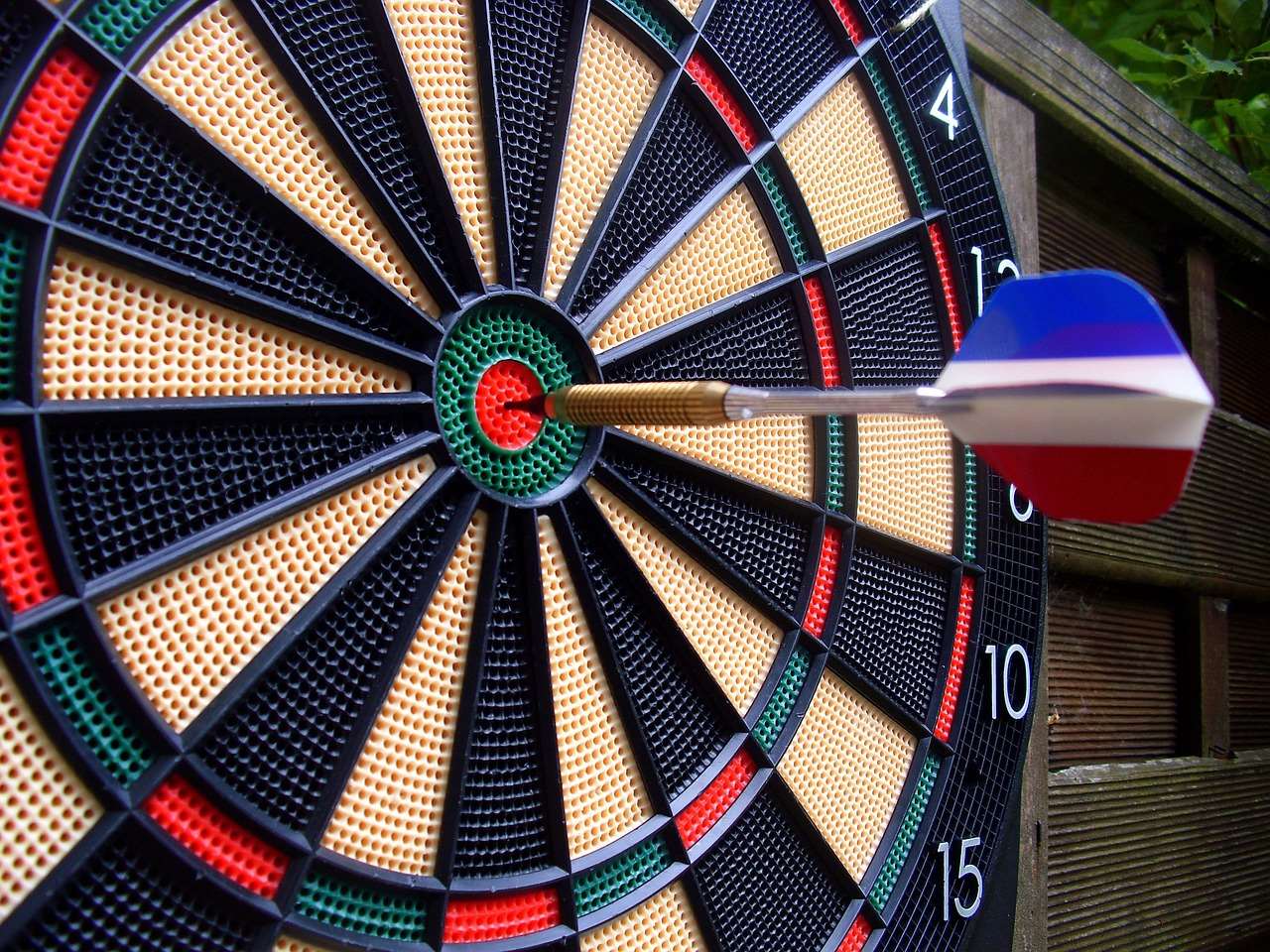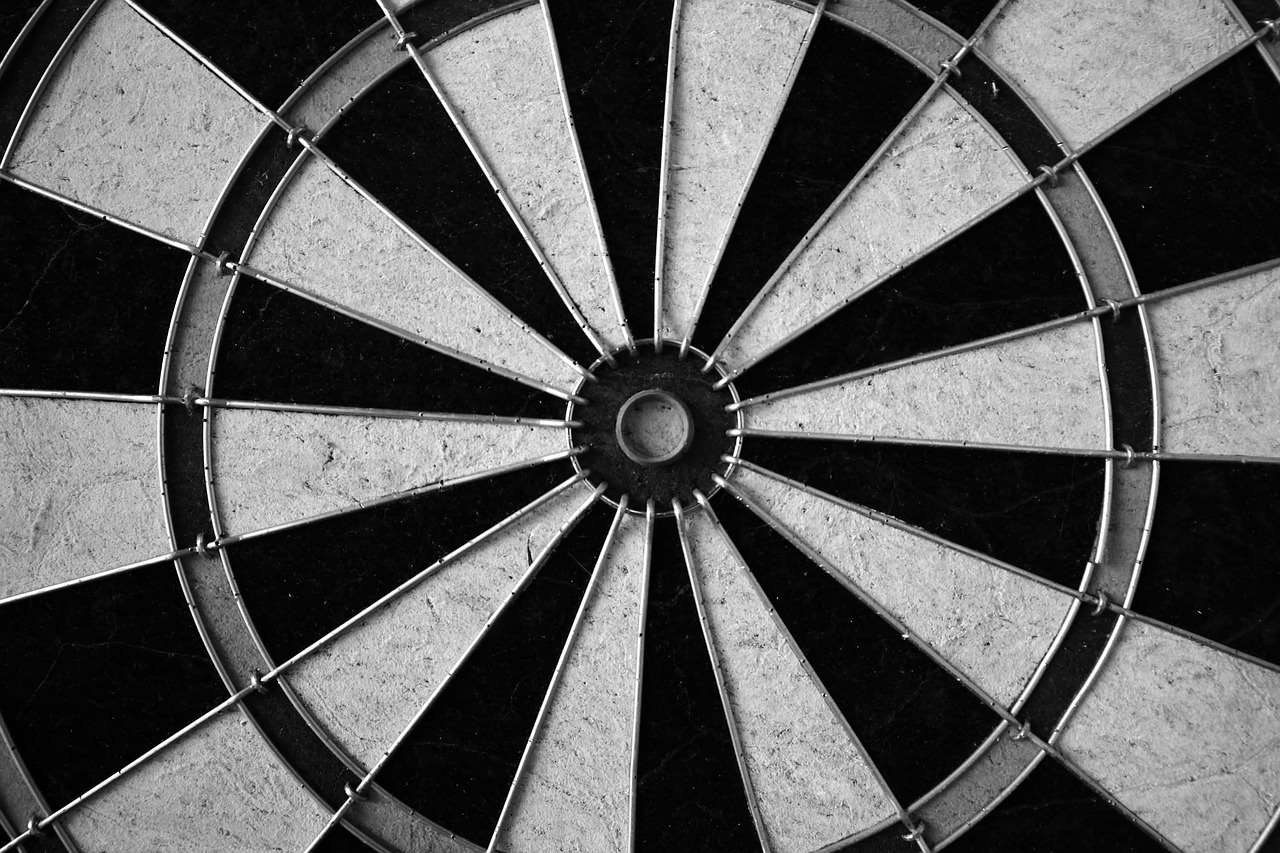Selecting the right dart barrel material is crucial for improving your game, and this Dart Barrel Material Comparison Chart provides a clear overview to help you make the best choice. This article explores the pros and cons of various materials, including tungsten, brass, nickel silver, and alloys, so you can find the perfect match for your playing style and budget.
⚠️ Still Using Pen & Paper (or a Chalkboard)?! ⚠️
Step into the future! The Dart Counter App handles all the scoring, suggests checkouts, and tracks your stats automatically. It's easier than you think!
Try the Smart Dart Counter App FREE!Ready for an upgrade? Click above!
Understanding Dart Barrel Materials: A Comprehensive Guide
Choosing the right dart barrel can dramatically impact your accuracy, grip, and overall throwing experience. Understanding the properties of different materials is essential for making an informed decision. Here’s a breakdown of the most common dart barrel materials:
Tungsten Darts
Tungsten darts are widely considered the gold standard in the darting world. Their high density allows for a slimmer barrel design, which facilitates tighter groupings on the dartboard. This is a significant advantage for serious players. You can also Choose Best Dart Equipment.
- Pros:
- High density allows for slimmer barrels.
- Improved accuracy due to tighter groupings.
- Durable and long-lasting.
- Cons:
- More expensive than other materials.
- Can be slippery if not properly knurled.
The tungsten percentage in a dart barrel affects its density. Higher percentages (80-95%) mean a slimmer dart. Lower percentages incorporate other metals, making the barrel thicker.
Brass Darts
Brass darts are a budget-friendly option, making them ideal for beginners or casual players. While not as dense as tungsten, brass is easy to grip and offers a good starting point for developing your throwing technique.
- Pros:
- Affordable and readily available.
- Easy to grip.
- Good for beginners.
- Cons:
- Bulky barrel design.
- Less durable than tungsten.
- Wears down faster with use.

Nickel Silver Darts
Nickel silver darts offer a middle ground between brass and tungsten in terms of both price and performance. They provide a decent level of durability and grip, making them a suitable option for intermediate players. You can find Nickel Silver Darts Full Info here.
- Pros:
- More durable than brass.
- Better grip than some tungsten darts.
- Mid-range price point.
- Cons:
- Not as slim as tungsten darts.
- May tarnish over time.
Alloy Darts
Dart barrels made from various alloys combine different metals to achieve specific properties. These alloys can offer a balance of durability, grip, and affordability. The specific characteristics depend on the metals used in the alloy. It is important to Choose Right Dart Material Guide.
- Pros:
- Variable properties depending on the alloy.
- Can offer a good balance of features.
- Cons:
- Performance varies widely depending on the alloy composition.
- May not be as durable as tungsten.
Dart Barrel Material Comparison Chart: A Detailed Breakdown
This Dart Barrel Material Comparison Chart summarizes the key features of each material:
| Material | Density | Durability | Grip | Price | Best For |
|---|---|---|---|---|---|
| Tungsten | High | Excellent | Variable (depends on knurling) | High | Experienced players seeking accuracy |
| Brass | Low | Fair | Good | Low | Beginners and casual players |
| Nickel Silver | Medium | Good | Good | Medium | Intermediate players |
| Alloy | Variable | Variable | Variable | Variable | Players seeking specific combinations of features |

Factors to Consider When Choosing a Dart Barrel Material
Beyond the material itself, several other factors influence your dart selection:
Weight
Dart weight is a personal preference. Experiment with different weights to find what feels most comfortable and allows you to throw consistently. Heavier darts generally offer more stability, while lighter darts can be easier to control.
Grip
The grip on your dart barrel is crucial. Consider the knurling, grooves, or rings on the barrel surface. Some players prefer a more aggressive grip, while others prefer a smoother feel. Tungsten darts often have varied grip options.
Balance
Dart balance affects how the dart flies. Front-weighted darts tend to fly straighter, while rear-weighted darts may require a slightly different throwing motion. The distribution of weight impacts the trajectory. You should Tungsten Darts Pros Cons Explained.
Barrel Shape
The shape of the dart barrel also plays a role. Cylindrical barrels are consistent, while torpedo-shaped barrels shift the weight forward. Choose a shape that complements your grip and throwing style.

Tips for Maintaining Your Dart Barrels
Proper maintenance can extend the life of your darts:
- Clean your dart barrels regularly with a soft cloth to remove dirt and oils.
- Use a dart tool to tighten or replace loose points.
- Store your darts in a case to protect them from damage.
- Consider re-pointing your darts if the points become dull or damaged.
Choosing the Right Dart Barrel Material for Your Skill Level
The best dart barrel material often depends on your experience and playing style:
Beginner Darts
Beginners typically benefit from using brass or inexpensive alloy darts. These materials are affordable and provide a good starting point for learning the fundamentals of dart throwing. The easier grip is also a bonus.
Intermediate Darts
Intermediate players may consider upgrading to nickel silver or mid-range tungsten darts. These materials offer a better balance of performance and durability. The move from Brass vs Tungsten Darts Comparison will show the difference. You might want to read Cheap Dart Materials Buying Guide.
Advanced Darts
Advanced players generally prefer high-percentage tungsten darts for their slim profile and superior accuracy. They are willing to invest in the higher price for the performance advantage.

Experimenting with Different Dart Setups
Don’t be afraid to experiment with different dart setups to find what works best for you. Try different barrel materials, weights, grips, and shaft lengths to fine-tune your throwing technique. Consider visiting a local dart shop to test different darts before making a purchase.
The Future of Dart Barrel Materials
The dart industry is constantly evolving, with new materials and technologies being developed all the time. Keep an eye out for innovative alloys and coatings that promise to enhance dart performance and durability. The aim is to find the Best Material For Darts Barrels.

Conclusion
Selecting the right dart barrel material is a key step in improving your dart game. By understanding the properties of different materials like tungsten, brass, nickel silver, and alloys, and by considering factors like weight, grip, and balance, you can find the perfect darts to suit your individual needs and preferences. This Dart Barrel Material Comparison Chart should help guide your decision-making process. Now that you have a better understanding of dart barrel materials, it’s time to put your knowledge to the test! Visit your local dart shop or browse online retailers to explore different options and find the perfect darts to elevate your game.
Hi, I’m Dieter, and I created Dartcounter (Dartcounterapp.com). My motivation wasn’t being a darts expert – quite the opposite! When I first started playing, I loved the game but found keeping accurate scores and tracking stats difficult and distracting.
I figured I couldn’t be the only one struggling with this. So, I decided to build a solution: an easy-to-use application that everyone, no matter their experience level, could use to manage scoring effortlessly.
My goal for Dartcounter was simple: let the app handle the numbers – the scoring, the averages, the stats, even checkout suggestions – so players could focus purely on their throw and enjoying the game. It began as a way to solve my own beginner’s problem, and I’m thrilled it has grown into a helpful tool for the wider darts community.